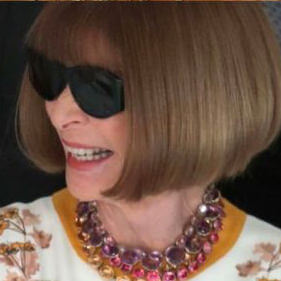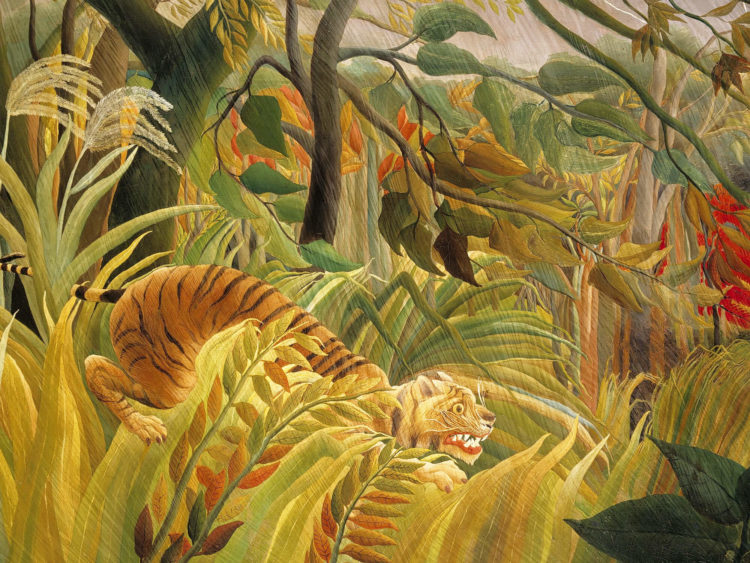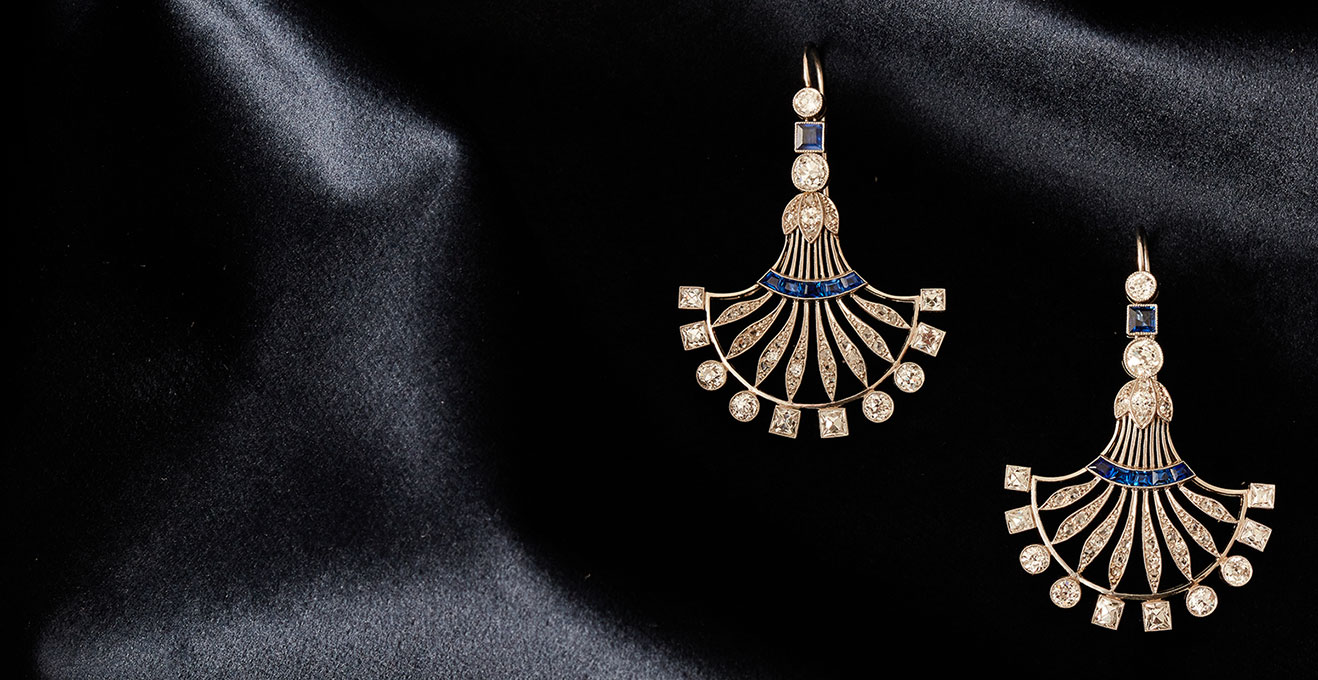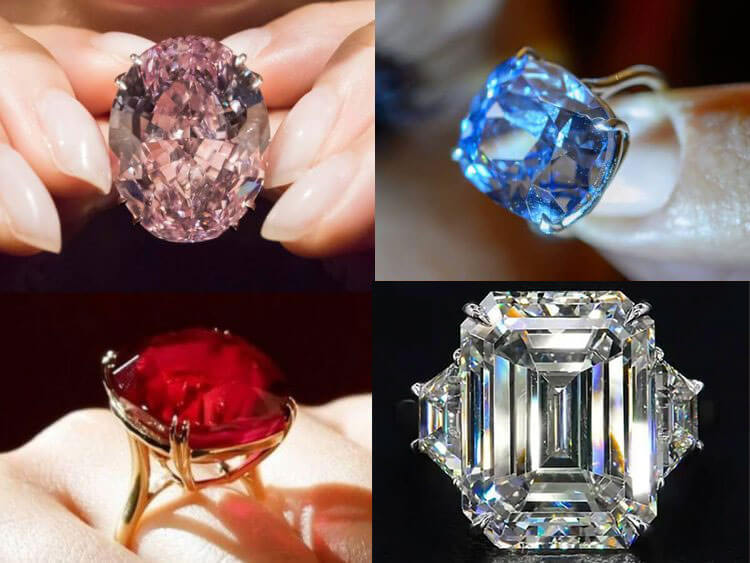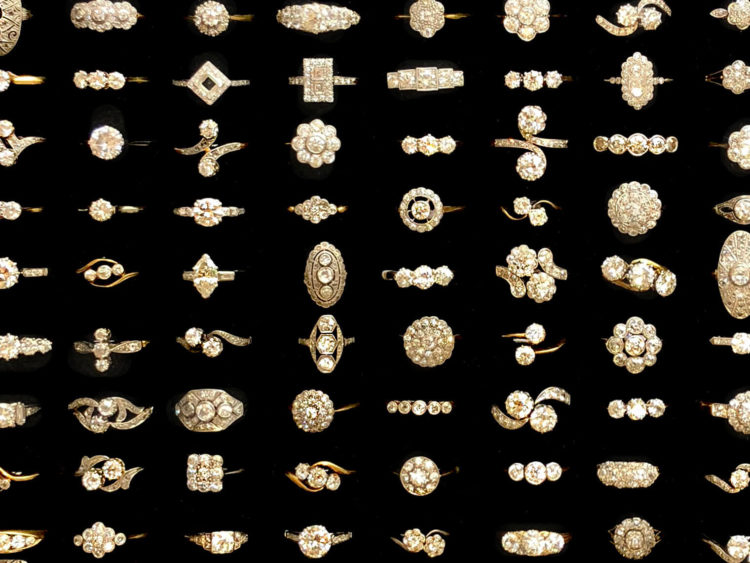-
Your Shopping Bag is empty
A-Z of Gemstones
Agate

A banded form of quartz covered in unique and distinctive patterns.



Amazonite

A semi-opaque stone that was used extensively by the Egyptians. It is known as ‘the stone of courage’ and is said to have received its name from the female Amazonian warriors who worshiped the moon goddess, Diana. It allegedly got its name after being discovered near the Amazon River.



Amber

A translucent, fossilised resin that comes in a range of colours including yellows, reds, whites, blacks and blues. When rubbed, amber produces static electricity. The best quality amber is clear.
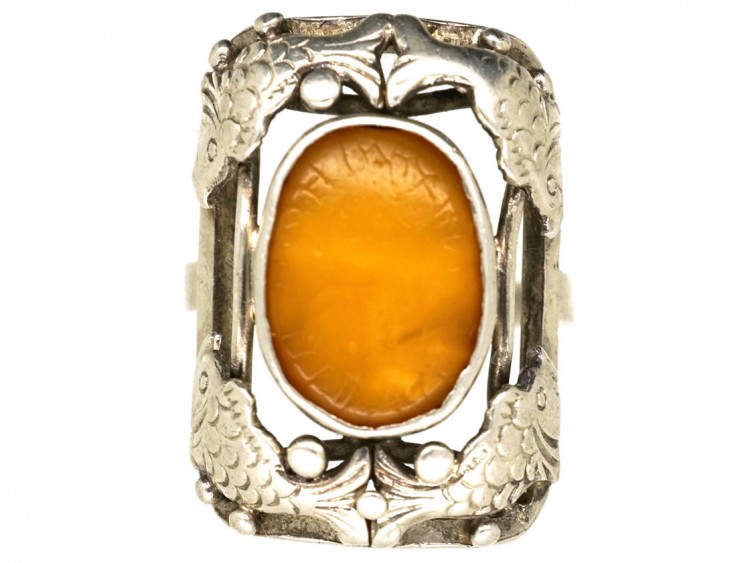
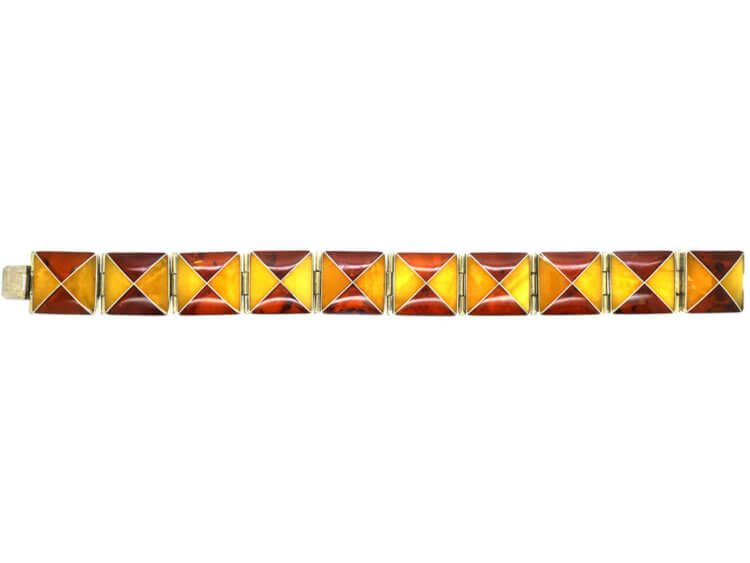

Amethyst

One of the most popular gemstones, which has long been considered valuable. Amethysts range in colour from light to dark purple; the deeper purple stones are considered to be the finest.



Aquamarine

A transparent light blue or sea-green gemstone. Today, blue aquamarines are more highly valued, but this was not always the case. Large aquamarines are relatively common and the best ones come from Brazil.



Bloodstone

A dark green variety of chalcedony that is splattered with reddish-brown spots that resemble blood. The extent of the marking varies depending on the stone. Spots are favoured over larger stripes and markings.



Carnelian

The red, orange, or amber variety of Chalcedony. It is often a solid colour, but banded examples also occur, in which case it is jointly classified as both agate and carnelian. Carnelian once held greater value than it does today.


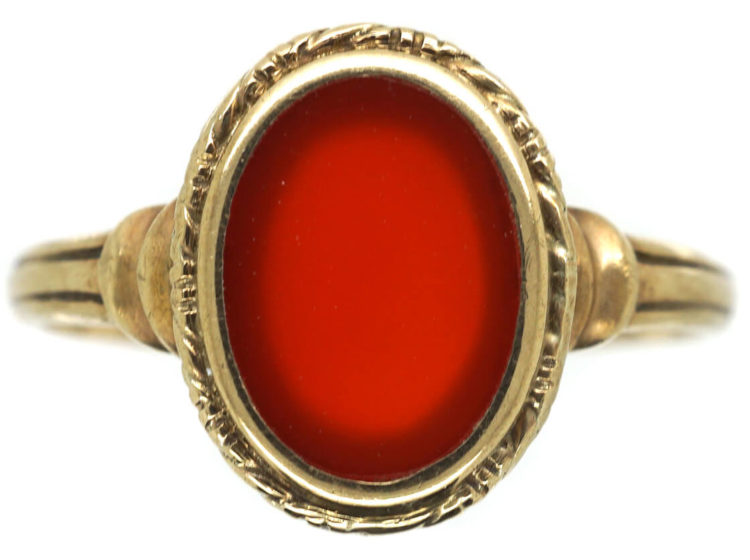
Chalcedony

A family of minerals that is often milky to grey to bluish in colour.



Chrysoprase

Ranges from a light, minty-green to a deep apple-green and is a green version of chalcedony. The unique, rich colour of chrysoprase derives from its origins, in nickel-rich areas.



Chrysoberyl

A hard stone that ranges in colour from yellow to brown to green. Alexandrite and cat’s eye are both notable types of chrysoberyl.



Citrine

Citrine (from the French for ‘lemon’) is a rare, yellow type of quartz, a semi-precious stone that ranges in colour from pale yellow to orange to golden brown. The best quality citrine is found in Brazil.



Coral

An organic gem, consisting mostly of calcium carbonate, deposited by tiny sea creatures called polyps living in the depths of warm seas in huge colonies. It grows in branches that look like underwater trees. Coral is believed to be one of the oldest forms of gemstone jewellery, with some pieces dating back as far as 23,000 BC.



Diamond

A precious, lustrous gemstone made of highly compressed carbon. Diamonds are one of the hardest materials known to mankind. Colours of diamonds range from colourless, yellow, orange and brown to almost black. Natural coloured (or ‘fancy’) diamonds can be extremely rare. The cut, colour, clarity and carat weight of a diamond are the criteria jewellers use to discern a stone’s value.
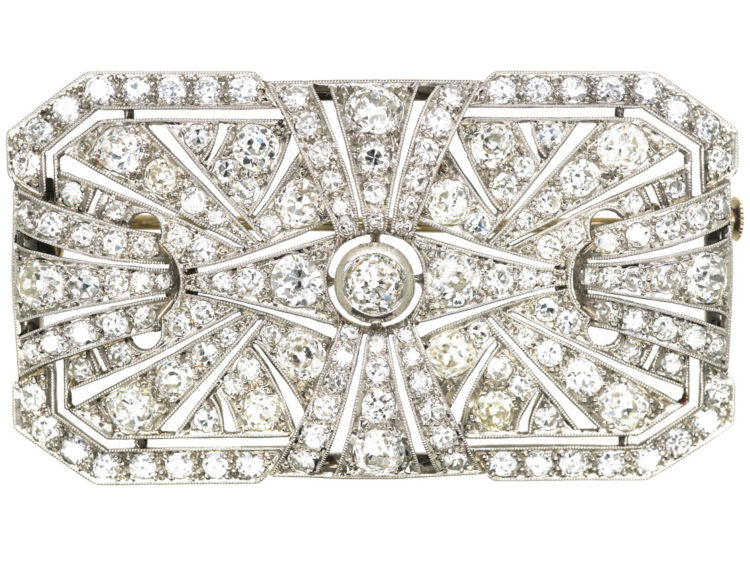
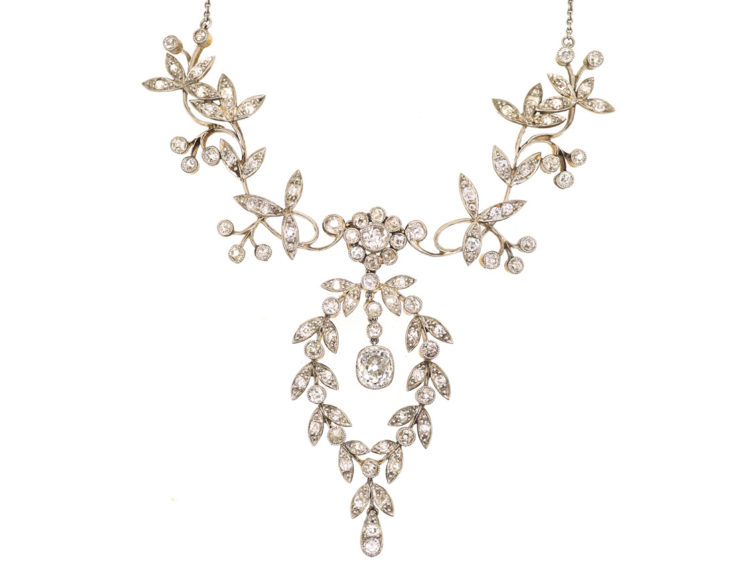

Emerald

One of the four ‘precious’ stones. An intense, deep green is the most desirable colour for emeralds. Flaws and cloudiness (‘jardin’) are very common in emeralds, so stones are often oiled and dyed to improve their look. Synthetic emeralds have fewer imperfections and are hard to set apart from natural stones. Emeralds belong to the beryl group of stones, which form as large, six-sided crystals. Emeralds were long thought to have healing powers, especially for eyesight.



Garnet

Describes a group of several closely related minerals. Garnets come in a variety of colours, including green, however the most common colour is dark red. In descriptions, ‘garnet’ tends to refer to dark red stones unless otherwise specified.


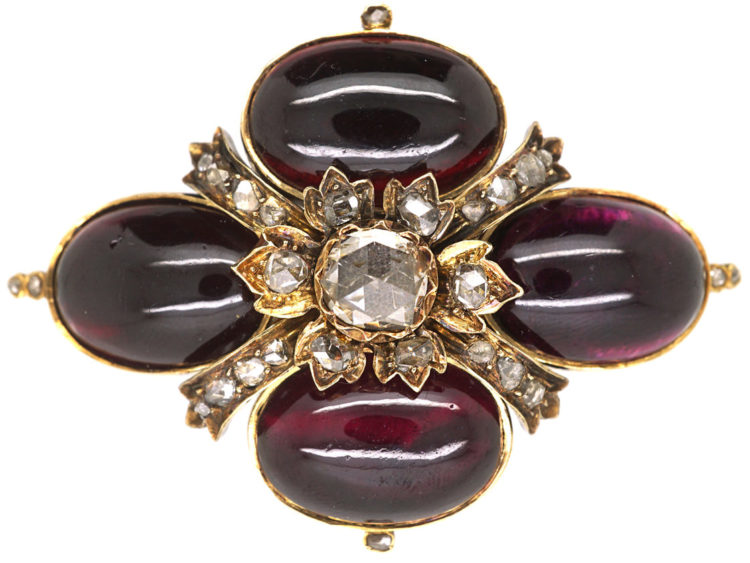
Jade

A semi-precious stone that ranges in colour. Translucent jade is more highly valued than opaque jade. Jade is often cabochon cut. Stones with imperfections are usually carved. Two different minerals are known as jade: jadeite and nephrite. The Chinese have prized jade for thousands of years and regard it as having medicinal properties when worn or ingested as a powder.


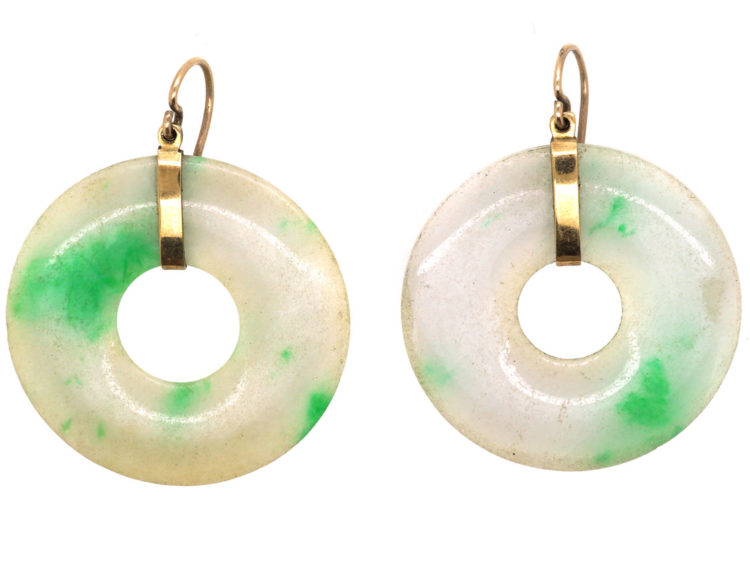
Jasper

An opaque variety of chalcedony and is brown, yellow, or reddish, but may be used to describe other opaque colours like dark or mottled green, orange, and black. Jasper is almost always multicoloured and patterned in a unique way.



Kunzite

A transparent pink, light pink or light purple gemstone that resembles rose quartz and has recently gained popularity. Kunzite is also called the ‘evening stone’, because it tends to fade in bright light. It is usually used as a large stone and is easily chipped. Small stones of kunzite are difficult to cut.


Labradorite

A fairly abundant greyish mineral that shows brilliant flashes of colour (usually green, blue or red) after it is polished – a phenomenon called ‘labradorescence’. Labradorite is usually cut with a flat surface in order to highlight the flashes of colour. Labradorite was originally found along the coast of Labrador; it is also found in Newfoundland and other parts of Canada.
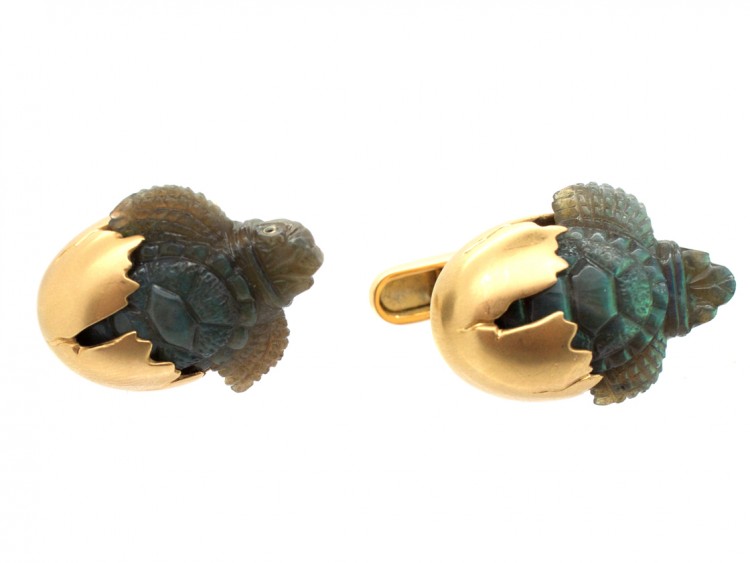


Lapis Lazuli

An historically popular deep blue opaque gemstone. Lapis Lazuli is chiefly composed of the mineral lazurite and is often flecked with gold pyrite, giving each stone a unique mysticism.

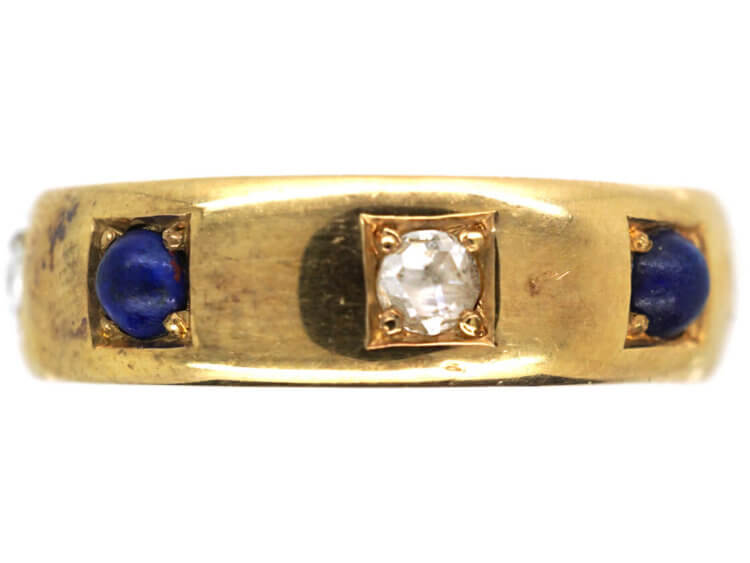

Malachite

An opaque semi-precious stone with layers of deep green and light green, usually found in copper mines.



Moonstone

Named for its ethereal glow that mimics moonlight. This unique play of light and colour is known as ‘adularescence’.



Onyx

A semi-precious stone that is black and white, generally arranged in layers. It is a form of agate with parallel banding. Onyx is a type of chalcedony.
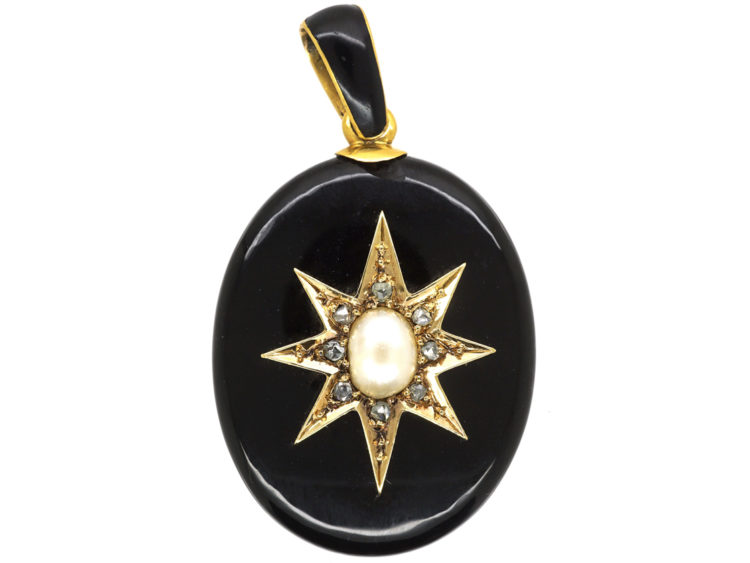


Opal

A semi-precious stone that is luminous and iridescent, frequently showing flashes of spectral colour, an effect known as ‘play of colour’. There are three major types of opals: common opal, precious opal (white or black, with ‘play of colour’) and fire opal (a milky stone that is orange to red in colour).



Peridot

Some peridots date back to the Pharaohs! It is a light green to olive-green gemstone. The most sought after colour is deep olive-green with a slight yellowish tint. Deeper olive-green stones are of higher value than their lighter green counterparts.
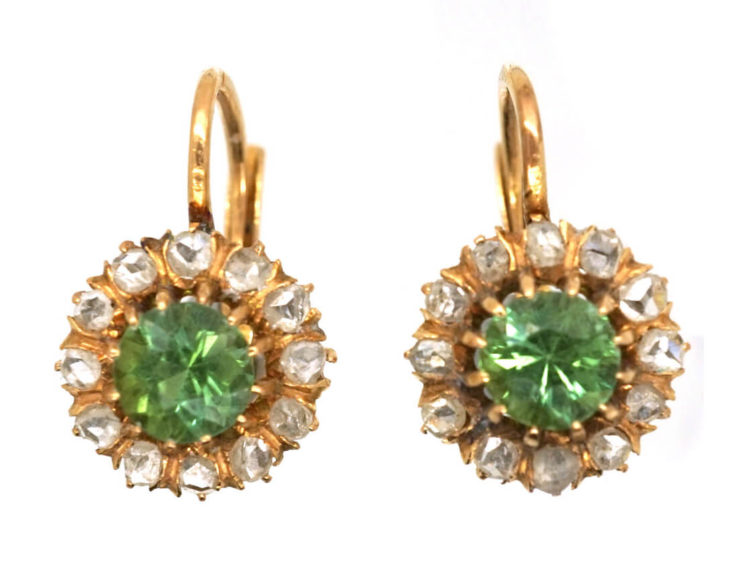


Pearl

Organic gems grown within oysters, formed when a foreign object has made its way into the shell. The mollusc secretes nacre and as thousands of layers of nacre coat the intruder, a pearl is formed. The most valuable pearls are perfectly symmetrical, large, naturally produced, and have a shimmering pearly lustre. Pearls may be natural or cultured.
Freshwater pearls are cultivated in molluscs, not oysters. They are generally elongated in shape and have a milky translucent appearance. Mother of pearl is the iridescent coating on the inside of oyster shells.
Quartz

One of the most common and varied minerals on earth. It produces many gemstone types. Amethyst and citrine are the most popular and valuable gem varieties of quartz.


Rose Quartz

Has a soft, rosy colour, ranging from light to medium pink. The relative abundance of rose quartz means large gemstones can be cut from it. It is pretty, but the least valued of the pink gemstones.
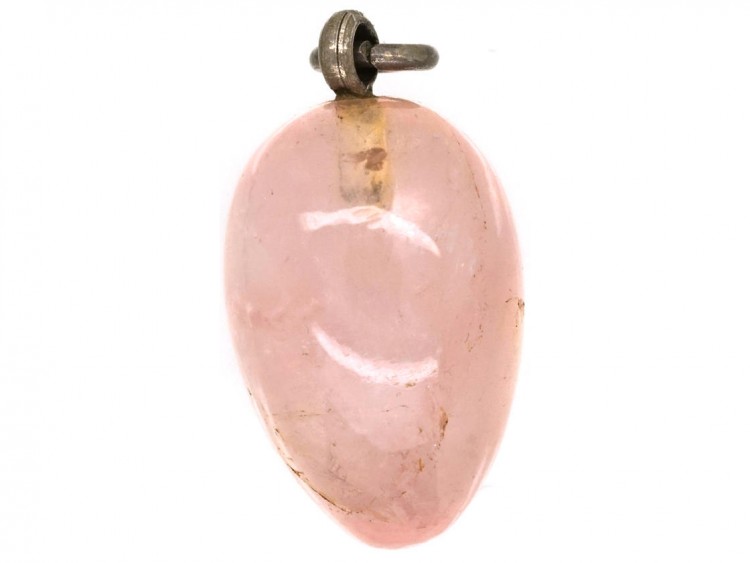
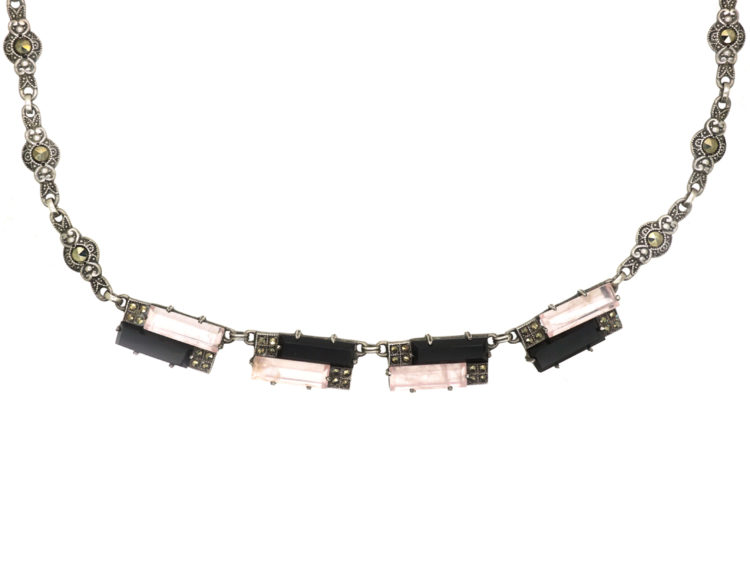

Ruby

The most famed and fabled red gemstone, distinguished by its vibrant red colour. It is a sought after precious gem due to its durability, lustre and rarity. Ruby is the red variety of the mineral corundum. Ruby is essentially a red sapphire, since ruby and sapphire share all properties excluding colour.



Sapphire

A precious, hard gemstone that ranges in colour from blue to pink, to yellow to green to a variety of other colours. Sapphires are related to rubies and are often heat-treated to improve their colour.



Smoky Quartz

The brown “smoky” variety of quartz. It ranges in colour from light greyish brown to deep black. Smoky quartz can be opaque, but is usually transparent to translucent. Smoky quartz is very common and has only recently become popular.



Spinel

Best known for its deep red variety that resembles a ruby. The two were not separated until the late 19th century when many famous old ‘rubies’ were discovered to be spinel. A famous example is the Black Prince’s ruby mounted at the centre of the Crown Jewels which turned out to be a huge, uncut spinel.
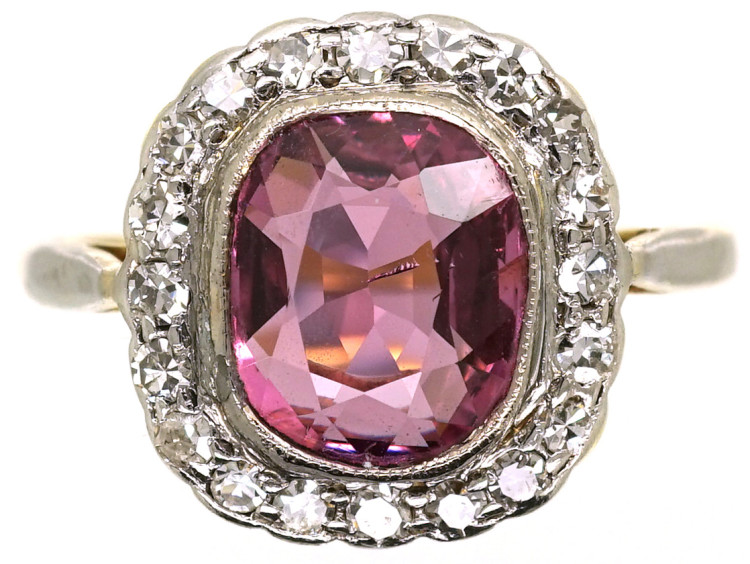


Tanzanite

A deep blue to violet gem. Since its relatively recent discovery in 1967, it has become a mainstream and popular gemstone, and is used extensively in jewellery. To date, tanzanite is found only in the Arusha region of the African country of Tanzania. It is often heat-treated in order to produce a deeper blue-violet colour.


Topaz

One of the most popular gemstones. The most valuable colours of topaz are Imperial Topaz; a golden orange-yellow and the dark pinkish-red and orange-red colours. The deeper the colour the greater the value. Topaz is widely associated with its blue incarnation which has only become widely available during the last century as a product of irradiation and heat treating.



Tourmaline

Possesses the greatest colour range of any gemstone which varies from different angles – the lighter colours are more valuable than the darker colours. It ranges in colour from pink to green to red to purple to blue-green to colourless to black. Mined in Brazil, The Ural mountains in Russia, Namibia, Sri Lanka, and California.


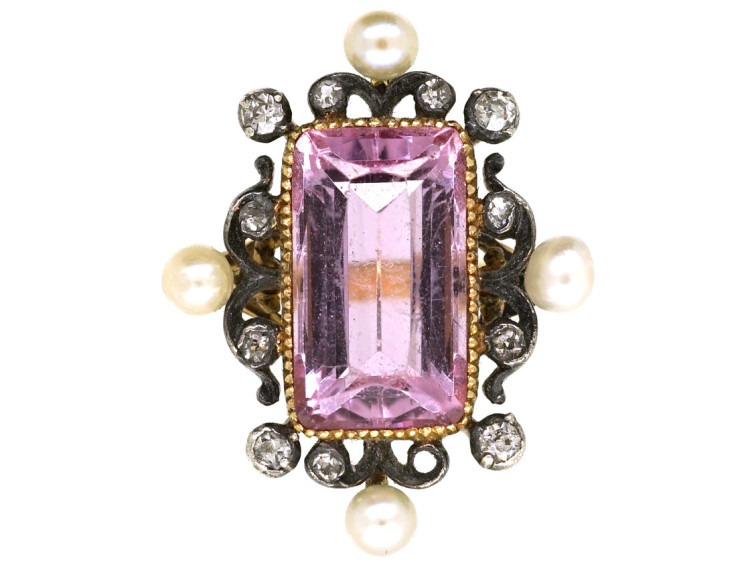
Turquoise

Significant to a number of cultures worldwide and particularly among Persian and Native American civilizations, turquoise is renowned for its intense turquoise-blue colour and is the only gemstone to have a colour named after it.



Zircon

A lustrous gemstone that comes in colours ranging from golden brown to red to violet to blue. Pure zircon is colourless, but most zircon stones are brown. Zircon stones can be heat-treated to become blue or colourless.


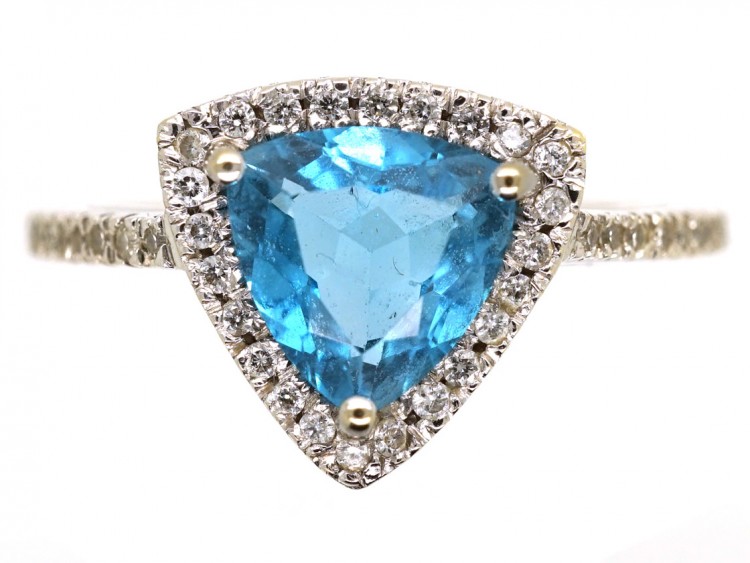
18ct White Gold Triangular Zircon & Diamond Ring




 Free Worldwide Delivery
Free Worldwide Delivery View All
View All
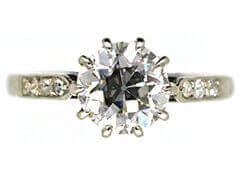 Diamond
Diamond
 Sapphire
Sapphire
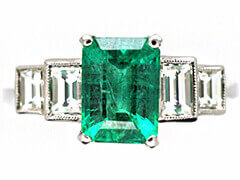 Emerald
Emerald
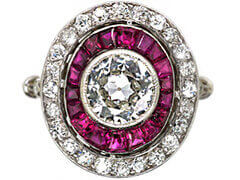 Ruby
Ruby

